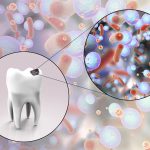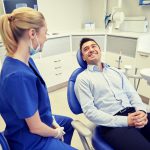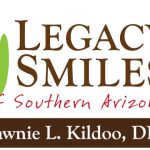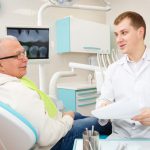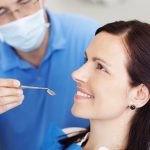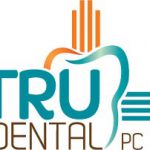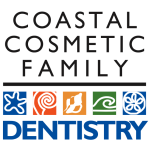
Think about a smile, what does it mean to you? As a dental professional it likely means more than friendliness and beauty. Does the word medicine come to mind? I have been practicing dental hygiene for five short years and have begun to understand the degree that dental and medical are interchangeable. Dental medicine is a key term used when you understand the interchangeability. I believe in dental medicine.
As a clinician, most of us have heard our patients say, “There is just a little ...
Read More


